Hanamaki Onsen-kyo
A dozen hot springs in a town of flowers
In the western part of Iwate Prefecture’s Hanamaki City, centered along the Dai-gawa and Toyosawa-gawa rivers flowing through the mountains, is the hot spring village of Hanamaki Onsen-kyo, home to what is called the “Hanamaki 12 Tou” (Hanamaki 12 hot springs). Although it is said that the sources of these springs were found 300 to 400 years ago, there are also hidden springs people say were discovered in the 7th and 8th centuries.
The Hanamaki 12 Tou are Hanamaki, Dai, Kanaya, Matsukura, Shidotaira, Watari, Osawa, Yamanokami, Namari, Shin-namari, Hanamaki-kita hot springs, and Towa hot springs.
Upstream of the Dai-gawa River is Dai Onsen said to have been discovered by the Shogun general Sakanoue no Tamuramaro in the 9th century. Today, the 15 hot spring inns standing side by side still keep the ambience of those bygone eras alive.
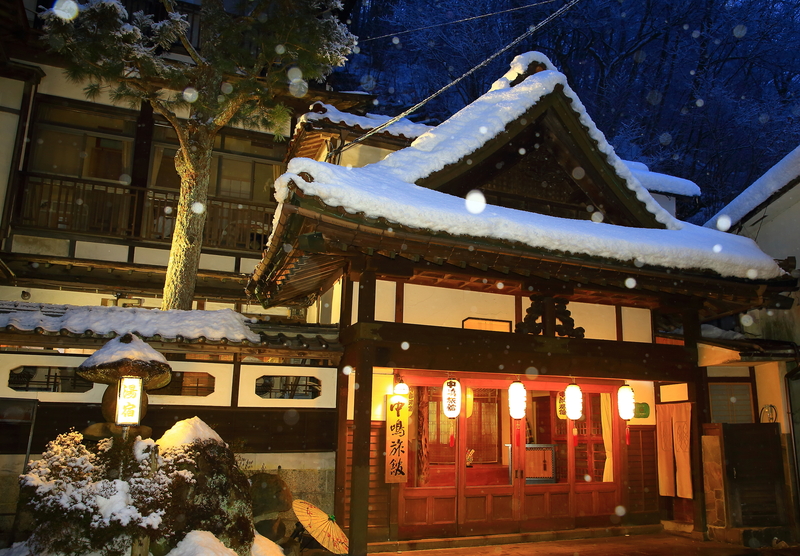
Hanamaki Onsen started from the same Dai Onsen source and has become a leading hot spring resort area of the Tohoku region.
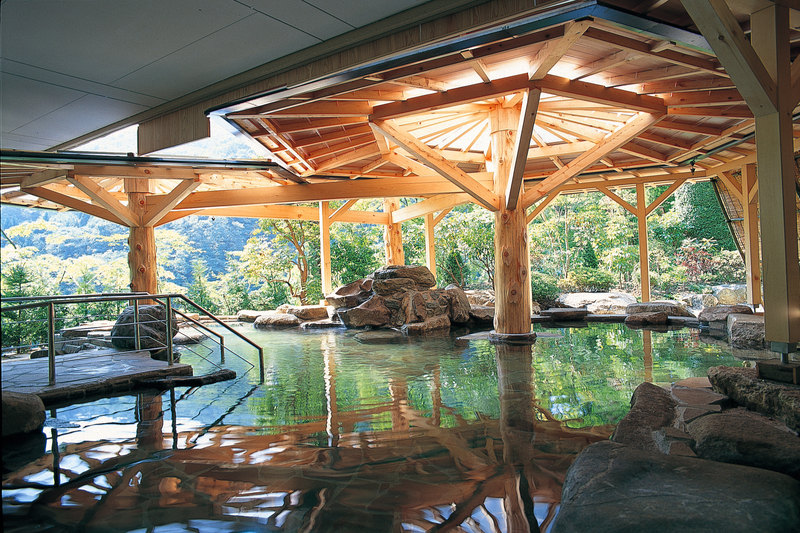
Photo:Hanamaki Tourism Association
The grounds of the large hotel in Hanamaki Onsen feature the Hanamaki Onsen Rose Garden, where more than 6,000 roses of about 450 species bloom, and a flowerbed sundial designed by the Hanamaki City born writer and poet Miyazawa Kenji.
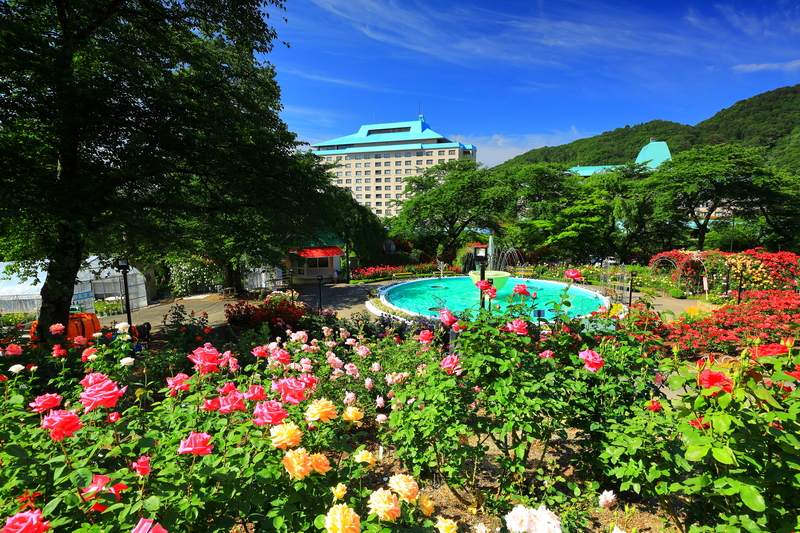
Midway down the Toyosawa-gawa River, Osawa Onsen is a famous hot spring once frequented by Miyazawa Kenji, and Namari Onsen appears in his writing. There is also a hot spring Kanaya Onsen where you can enjoy activities such as golf and tennis.

Photo:Hanamaki Tourism Association
The qualities of Dai Onsen such as being a simple sulfur spring and sodium-sulfate / chloride spring make it therapeutic for chronic skin disorders. Hanamaki Onsen is a colorless and clear simple hot spring mild to the skin with low alkalinity, known to alleviate neuralgia, arthritis, poor circulation, as well as beautify the skin. Day trip bathing can be enjoyed at all hot springs in the area.
There are many other spots to enjoy around Hanamaki Onsen. For those curious about the world of Miyazawa Kenji, the Miyazawa Kenji Memorial Museum is recommended as is the Miyazawa Kenji Ihatov Museum featuring collected art works related to the writer, and the Miyazawa Kenji Dowa Mura, Kenji’s School where you can play in the world of make believe.
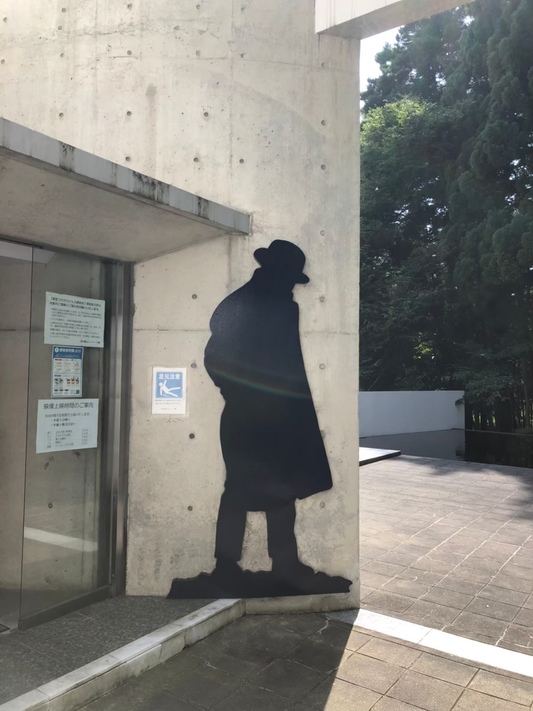
The local Iwate dish called “wanko soba” originated in Hanamaki. Try this unique Iwate specialty, where bite size portions of soba are thrown into a bowl one after another and friends compete to see how many cups they can eat.
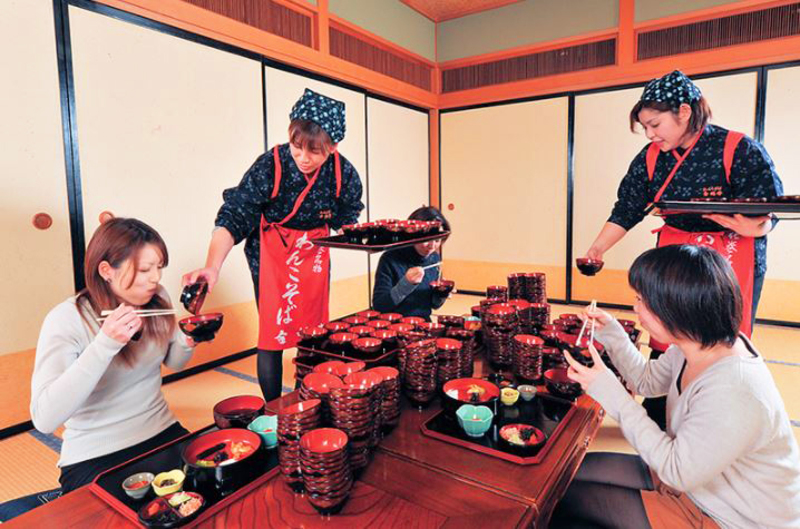
Photo:Hanamaki Tourism Association
| Area |
|
| Access | Tokyo Sta. -> 180 min by Tohoku Shinkansen -> JR Shin-Hanamaki Sta. or JR Hanamaki Sta. -> 20 min by bus -> Hanamaki Onsen |
| Phone | Hanamaki Tourism Association
TEL:0198-29-4522 |
| URL | https://www.kanko-hanamaki.ne.jp/en/index.html |
※ The information herein is as of April 2021








